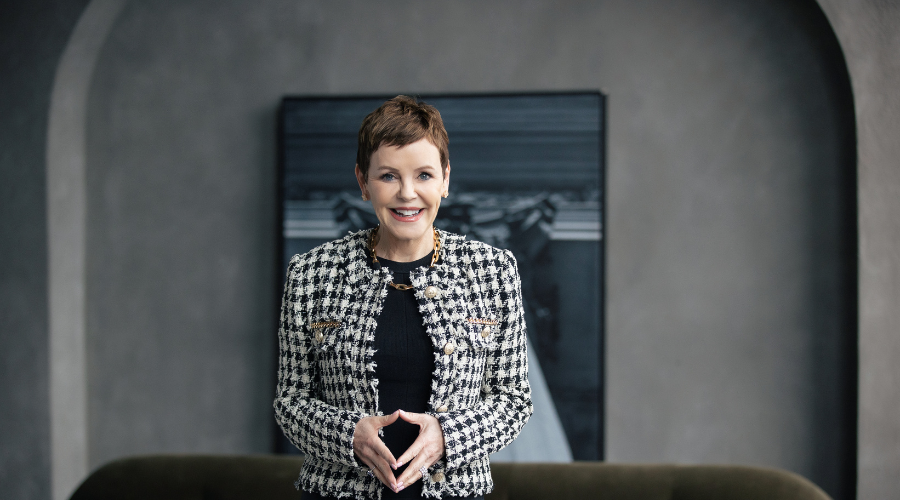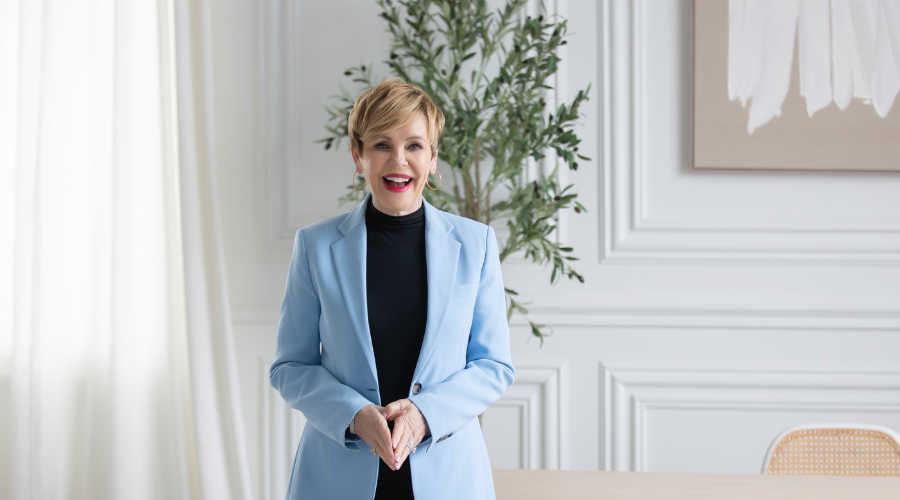Recent worldwide events have created an atmosphere of unease for many of us. If you’re a baby boomer, you’ve already lived through more than your fair share of history’s turbulence: the Vietnam War, Watergate, the Iranian hostage crisis, the end of the Cold War, 9/11, and the 2008 market crash. Since 2020, we’ve endured the COVID-19 pandemic while watching the Russian invasion of Ukraine and, most recently, the war in Gaza. It feels as though the shocks arrive faster and cut deeper with every decade.
How Does Technology Cause Anxiety?
At the same time, our daily habits have shifted in ways that feed this constant sense of tension. Many of us have grown accustomed to spending a large portion of our days online. My relationship with technology, for example, has changed from casual acquaintance to constant companion. In 2000, there was one desktop computer in the basement rec room. I had a Blackberry that I used conscientiously, almost cautiously, with a sense of self-control.
Fast forward to today, and my iPhone seems to run my life rather than the other way around. Hours slip away as I scroll, read, and delete emails. “It’s necessary,” I tell myself, “What if I miss something important?” With the ongoing mail strike, the phone feels even more essential—what if a bill doesn’t arrive, or a payment is overlooked? The “what ifs” pile up quickly, each one pulling me deeper into my screen.
Yesterday, while having a manicure, I noticed something that made me pause. Every woman in the salon—myself included—was absorbed in her phone. A group of older women, side by side, eyes fixed on glowing screens. The room was hushed, except for the occasional ringtone and the rhythmic tapping of screens. It struck me how easily we surrender human connection to the convenience of our devices. Conversation, laughter, the simple pleasure of being together and enjoying the manicure—all replaced by the hypnotic pull of the phone.
This 21st-century phenomenon explains why Arthur Brooks’ essay in The Atlantic resonated with me so strongly. Brooks writes:
“Anxiety disorders are the most common mental illnesses in America today, affecting more than 40 million adults at any given time (and far more women than men). According to the American Psychological Association, the average American teenager spends nearly five hours a day on these platforms. As scholars in 2017 showed, the risk of anxiety as a disorder rises with the amount of time a person spends on social media. This risk factor was exacerbated during the pandemic lockdowns, likely by loneliness, money worries, reduced physical activity, and domestic strife.”
Managing Digital Anxiety: Turning Anxiety into Motivation and Growth
Brooks’ point is that while technology has amplified our anxieties, anxiety itself is not necessarily the villain we believe it to be. “The secret,” he suggests, “is to turn your feeling of dread into the excitement of opportunity. Within healthy boundaries and when properly managed, anxiety is an integral part of life that can afford learning, raise performance, and even make life an adventure.”
For Brooks, anxiety is less a disorder than an alarm system. Evolutionary biologists echo this: anxiety is not a glitch but a protective mechanism, designed to alert us to hazards before they become dangerous. When seen this way, anxiety becomes less about fear and more about energy we can harness.
I recognize this in my own life. Although I’ve long considered myself an anxious person, I also know that anxiety has often propelled me forward. It’s what gets me moving when a project feels daunting. It’s what pushes me to finish a hard task rather than giving up halfway through.
Everyday Solutions for Channeling Anxiety Into Progress
Take writing, for instance. Beginning a new novel is always terrifying. I never know where the story will go, how the characters will develop, or even how the book will end. In those early days, anxiety feeds me a steady stream of excuses: I’m too old, the project is too big, it would be easier not to begin. Yet that very fear becomes fuel. It drives me past hesitation into the blank page, where creativity—and sometimes magic—happens.
And it’s not only in writing. Everyday life offers plenty of moments where anxiety nudges us forward: driving on a crowded highway, waiting for medical results, taking out a loan, or even daring to travel somewhere new. Each situation brings its “what ifs.” What if the driver next to me causes an accident? What if the test reveals something serious? What if I can’t repay the loan? If we let those questions paralyze us, our lives would be small, uneventful, and joyless. By facing anxiety, we open the door to connection, accomplishment, and meaning.
Building a Healthier Relationship with Anxiety as We Age
This, I’ve come to believe, is the paradox of aging. With time comes not less anxiety, but perhaps a wiser relationship to it. We learn that it won’t vanish, but it can be managed. We discover that fear doesn’t always signal danger—it often signals growth. And, if we let it, anxiety can sharpen our focus and remind us that life’s most meaningful pursuits often come wrapped in uncertainty.
As I grow older, I find I’m getting better at leaning into that truth. It’s easier to let go, to try new things, to aim high. It’s also easier to recognize when the endless scrolling and searching on the web is just a distraction from what really matters.
So, perhaps the lesson is this: take the chance, even if it stirs some anxiety. Step into the unknown, even if it makes your heart race. More often than not, it’s worth the trouble. And in those moments when anxiety threatens to overwhelm, remind yourself that it is also your alarm system—your body’s way of saying, “Pay attention. This matters.”







